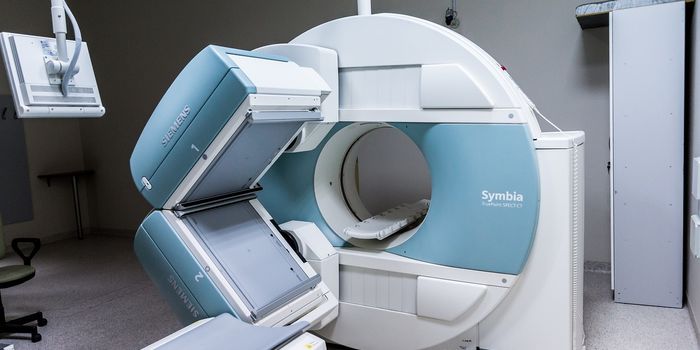Laser Technology Seeks To Capture the Attention of Extraterrestrial Intelligence
Trying to capture the attention of alien astronomers sounds like pure pseudoscience or something ripped off the synopsis section of a science fiction novel. However, taking E.T.’s call may be possible when researchers at MIT created new laser light technology that aims to serve as the “planetary porch light” with the goal of attracting extraterrestrial intelligence.
“An MIT study proposes that laser technology on Earth could emit a beacon strong enough to attract attention from as far as 20,000 light years away.” ~MIT News
Image Credit: MIT News
The study was published in The Astrophysical Journal which suggests that the planetary porch light consists of a beam of infrared radiation that is strong enough to stand out from the sun's energy. This beam of radiation is the combing result of a high-powered 1- to 2-megawatt laser focused through a massive 30- to 45-meter telescope and aimed out into space.
The signal is believed to be detectable by alien astronomers performing a cursory survey of the section we reside in the Milky Way – particularly if those alien astronomers are from nearby systems, such as around Proxima Centauri (the nearest star to Earth) and TRAPPIST-1 (a star 40 light-years away).
A schematic block diagram of interstellar laser detection and communication.
Credit: IOPscience
"It is vanishingly unlikely that a telescope survey would actually observe an extraterrestrial laser, unless we restrict our survey to the very nearest stars," says James Clark, the author of the study and a graduate student in MIT's Department of Aeronautics and Astronautics.
If the signal is from the laser is detected, then it is capable of sending a brief message in the form of pulses similar to the Morse code.
To learn more about the Morse code, watch the video below:
"If we were to successfully close a handshake and start to communicate, we could flash a message, at a data rate of about a few hundred bits per second, which would get there in just a few years," explains Clark.
Although seems far-fetched, the notion of an alien-attracting beacon can be closer than ever by utilizing existing combination of technologies.
"This would be a challenging project but not an impossible one," Clark says. "The kinds of lasers and telescopes that are being built today can produce a detectable signal, so that an astronomer could take one look at our star and immediately see something unusual about its spectrum. I don't know if intelligent creatures around the sun would be their first guess, but it would certainly attract further attention."
Researchers are hopeful that their study can encourage the development of infrared imaging techniques for not only detecting laser beacons that could be produced by alien astronomers, but also to identify indications of life by detecting gases in a distant planet's atmosphere
Source: MIT News, The Astrophysical Journal









